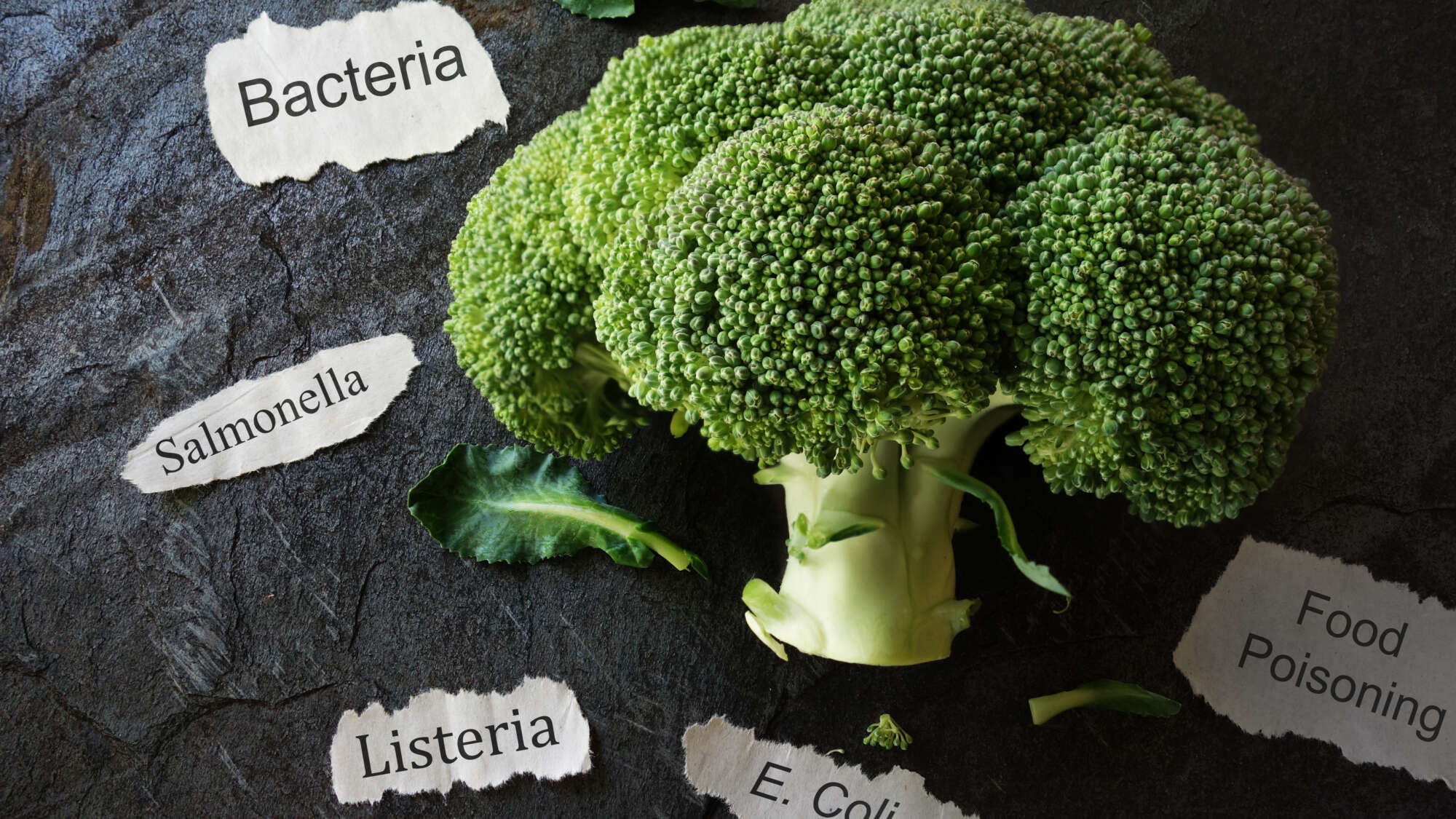David Goodsell, a distinguished American molecular biologist and illustrator, is renowned for flawlessly blending his expertise in molecular biology with an enchanting artistic flair.
Holding a Ph.D. in Molecular Biology from the University of California, Los Angeles, Goodsell’s molecular artwork graces numerous publications, textbooks, and exhibits, offering a visually stunning insight into the intricate structures of molecules, such as Ebola, Zika, Covid-19, and HIV.
Dr. Darin Detwiler, LP.D., M.A.Ed., is an influential figure in the realm of food policy and technology, currently serving as the Assistant Dean of Academic and Faculty Affairs at Northeastern University’s College of Professional Studies in Boston, MA. In addition to his administrative role, Dr. Detwiler is an Assistant Teaching Professor of Food Policy and leads the MS in Regulatory Affairs of Food and Food Industry program.
With over 25 years of experience influencing federal food policy, Dr. Detwiler is a globally recognized expert in the field with his contributions extending beyond the academic sphere, as he actively engages with industry events and publications.
Here’s what you need to know about foodborne illnesses in just a few bites.
Walkerton, a serene town in Bruce County, Ontario, with a population of under 5,000, embodies tranquil rural charm, where close-knit communities thrive amid picturesque landscapes. Here on May 15, 2000, the local public utilities commission took a routine sample of the water supply and discovered E. coli contamination. The commission didn’t notify public health officials.
In the following days, several people fell ill with bloody diarrhea. The local public utilities commission reassured officials a couple of times that the water supply was safe, even though cases kept rising. By the time health officials finally warned the community against consuming untreated tap water, over 40 individuals had already sought medical attention at the hospital.
The Walkerton E. coli outbreak that saw 2,300 people fall ill, and seven die, was the worst public health disaster involving municipal water in Canadian history.
